Other than confirming the connector type, when selecting fiber optic patch cords, attention should also be paid to other parameters. How to choose according to actual needs? Let's take a look at the following 6-step guidance:
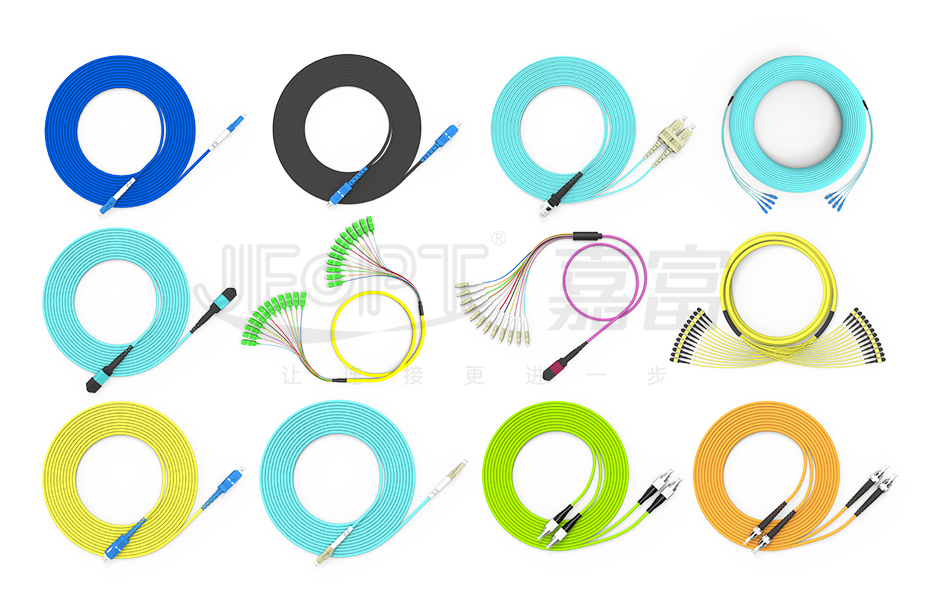 Step 1: Choose the correct connector type
Step 1: Choose the correct connector type
The connector type depends on the equipment port. For the same type of equipment, use LC-LC / SC-SC / MPO-MPO patch cords. For different types of equipment requiring adapters, LC-SC / LC-ST / LC-FC patch cords may be more suitable.
| Interface type |
Applications |
| 1.25mm LC |
High-density cabling, SFP and SFP+ optical modules, XFP optical modules |
| 2.5mm SC |
Data communication, electronic communication, GPON, EPON, GBIC, X2, and XENPAK optical modules |
| 2.5mm ST |
Data communication, FTTH, campus, corporate networks |
| 2.5mm FC |
Data communication, electronic communication, measurement equipment, single-mode lasers |
| 2.5*6.4mm MPO/MTP |
Multi-fiber transceivers, 40G QSFP+, 100G QSFP28 optical modules |
Step 2: Choose between single-mode or multi-mode fiber
This step is crucial. Single-mode fiber is suitable for long-distance transmission, while multi-mode fiber is primarily used for short-distance transmission.
| Transmission standards |
Fiber patch cord types |
| 1000BASE-SX |
Multi-mode OM1, OM2 fiber |
| 1000BASE-LX |
Single-mode fiber |
| 1000BASE-EX |
Single-mode fiber |
| 1000BASE-ZX |
Single-mode fiber |
| 10GBASE-SR |
Multi-mode OM3, OM4 fiber |
| 10GBASE-LR |
Single-mode fiber |
| 10GBASE-ER |
Single-mode fiber |
| 10GBASE-ZR |
Single-mode fiber |
| 40GBASE-SR4 |
Multi-mode OM3, OM4 fiber |
| 40GBASE-LR4 |
Single-mode fiber |
| 40GBASE-ER4 |
Single-mode fiber |
| 100FBASE-SR10 |
Multi-mode OM3, OM4 fiber |
| 100FBASE-SR4 |
Multi-mode OM3, OM4 fiber |
| 100FBASE-LR4 |
Single-mode fiber |
| 100FBASE-ER4 |
Single-mode fiber |
Step 3: Choose between simplex or duplex fiber
Simplex fiber patch cords have only one cable with one fiber connector on each end, suitable for bi-directional BIDI optical modules. Duplex fiber patch cords consist of two cables side by side and are used for regular optical modules.
Step 4: Choose the appropriate cable length
For example, a 10.0m flexible jacket OM3 50/125 10Gig multi-mode fiber LC assembly. Fiber patch cord lengths typically range from 0.5m to 100m, and you can select the appropriate length based on the distance between the connecting devices.
Step 5: Choose the appropriate connector end-face type
Due to lower loss, APC connectors typically offer better optical performance compared to UPC connectors. APC connectors are widely used in applications such as FTTx, PON, and WDM, which are more sensitive to return loss. However, considering price factors, you should decide whether APC connectors are necessary based on your specific situation.
For applications demanding high precision in fiber optic signal transmission, APC connectors are preferred. However, for less sensitive systems, UPC connectors also perform well.
Step 6: Choose the appropriate cable jacket
Generally, there are around four types of cable jackets available on the market, such as PVC, LSZH, OFNP, etc.
PVC jacketed patch cords are commonly seen and have average fire resistance capability, with the lowest price.
OM2 50/125 multi-mode LSZH fiber optic cable, dual SC/dual SC.
LSZH patch cord jacket is made of low smoke zero halogen material, environmentally friendly, and with good flame retardant properties.
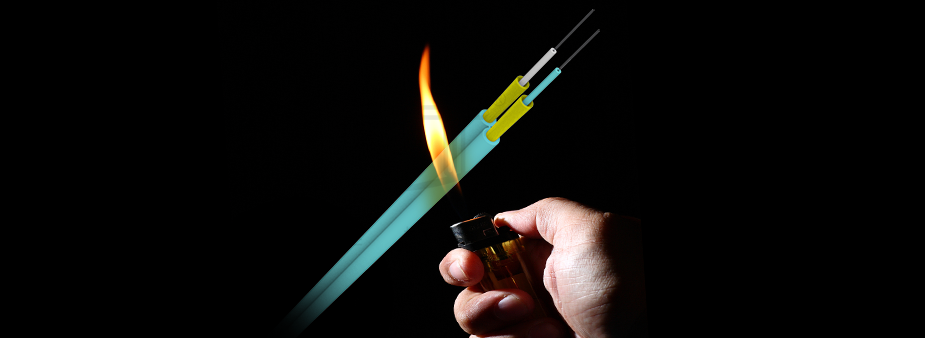
Dual-core LC/dual-core LC, OM1 62.5/125 multi-mode fiber optic cable, with OFNP jacket. OFNP material has excellent flame retardant properties and automatically extinguishes when away from the fire source, suitable for large data centers.
Armored jacket fiber optic patch cords provide robust protection through a steel tube structure, enhancing the fiber's bend resistance. This type of patch cord can withstand higher pressure, prevent rodent bites, and is suitable for wiring in areas such as floors and other areas susceptible to foot traffic.



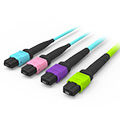
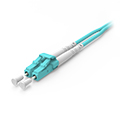
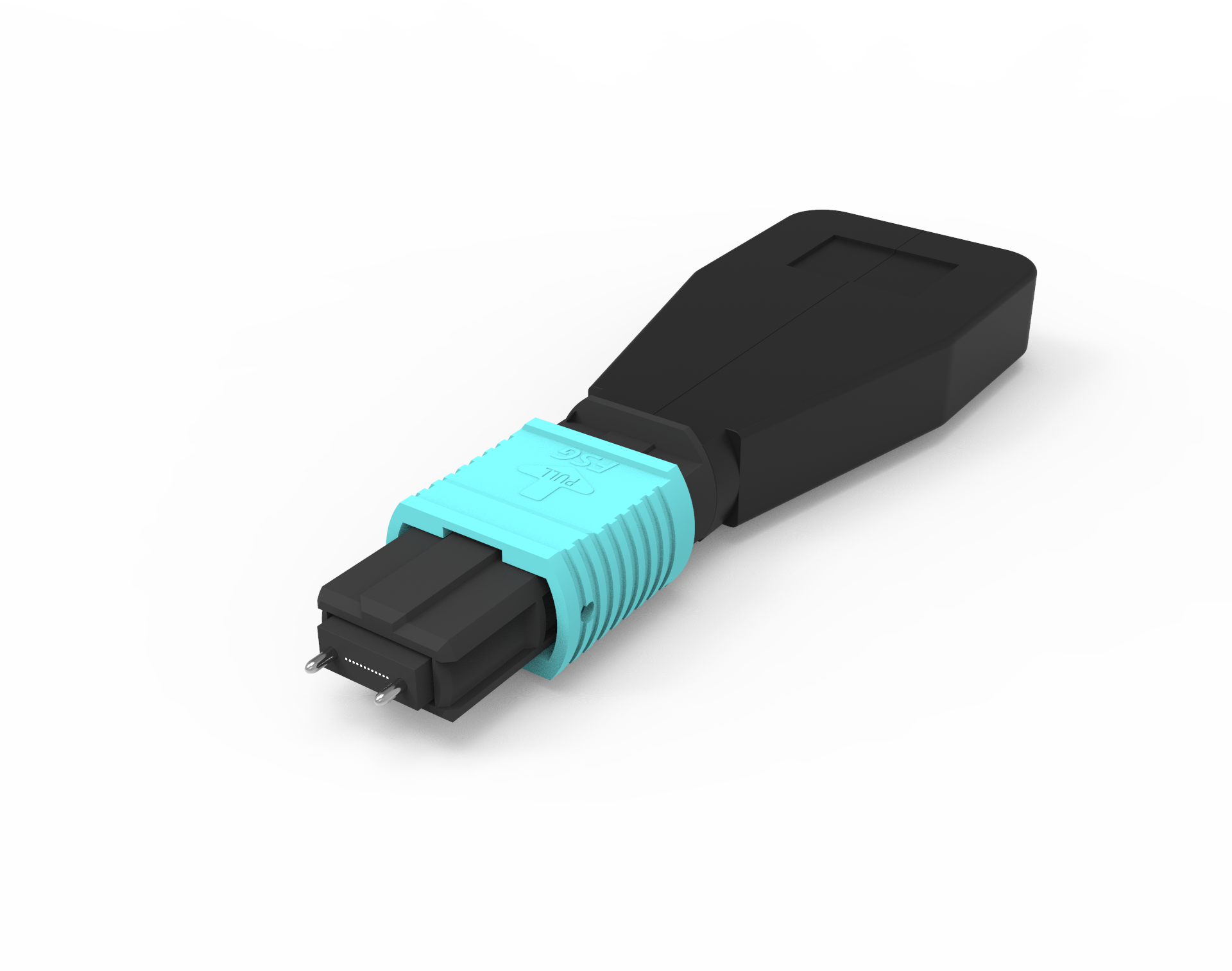
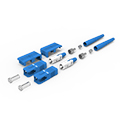
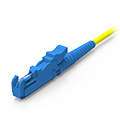
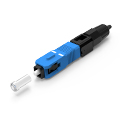
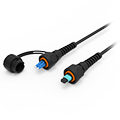
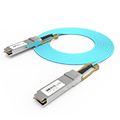
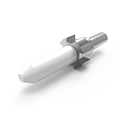
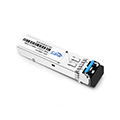
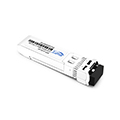
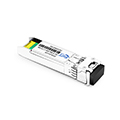
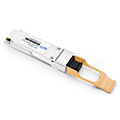
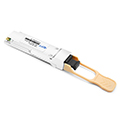

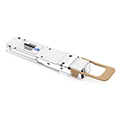
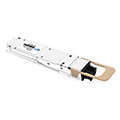
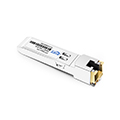
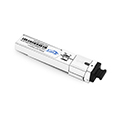
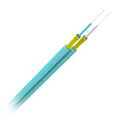
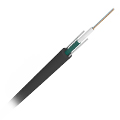
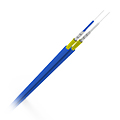
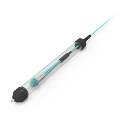
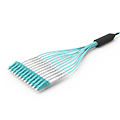
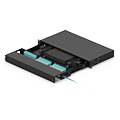
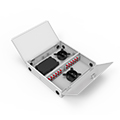
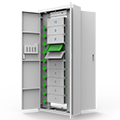
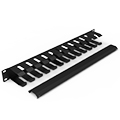
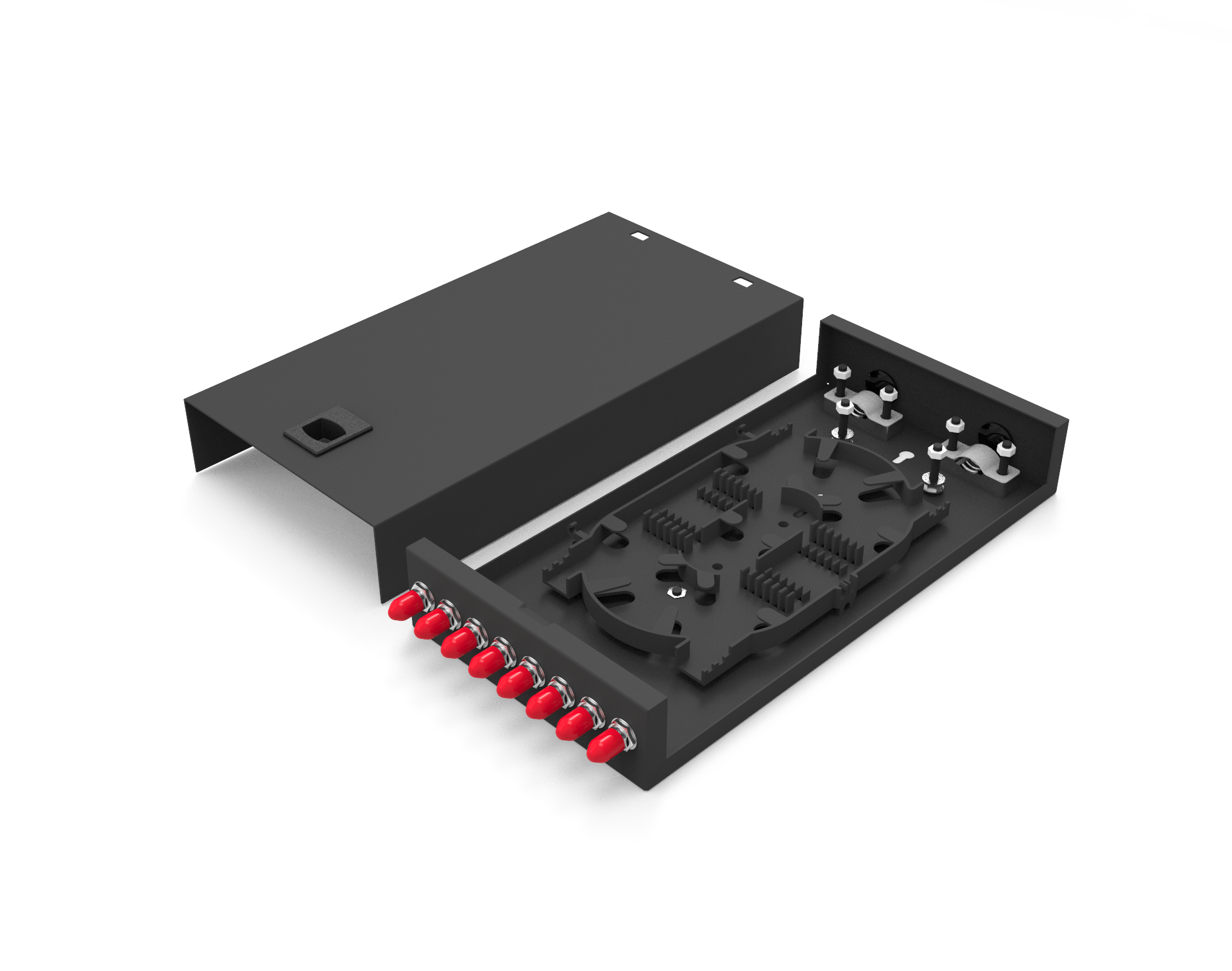
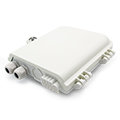
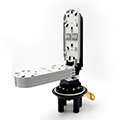
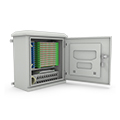
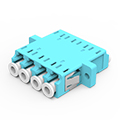
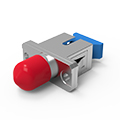
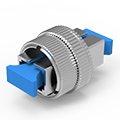
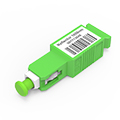
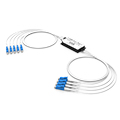
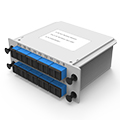
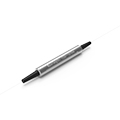
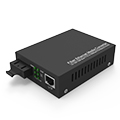
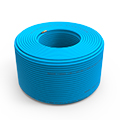
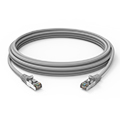
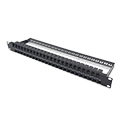
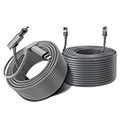
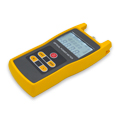
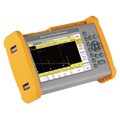
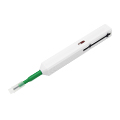
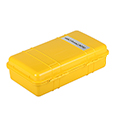
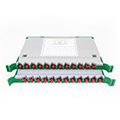
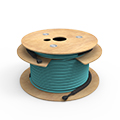



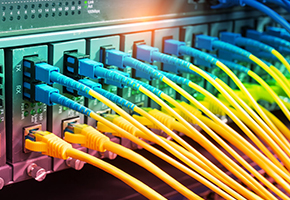
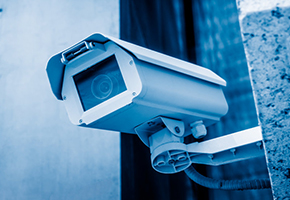



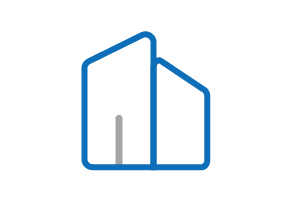









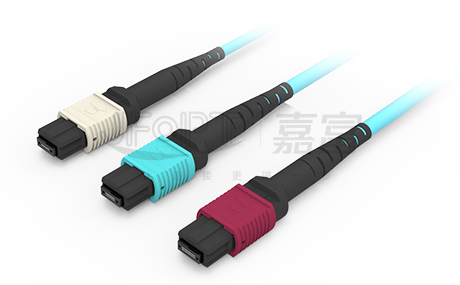
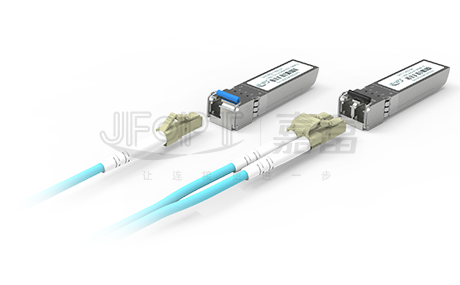
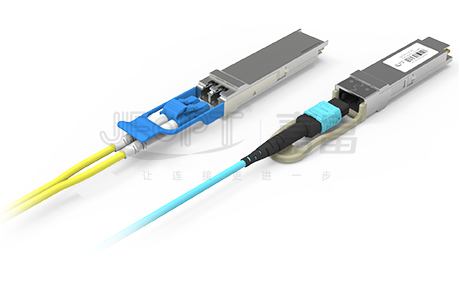
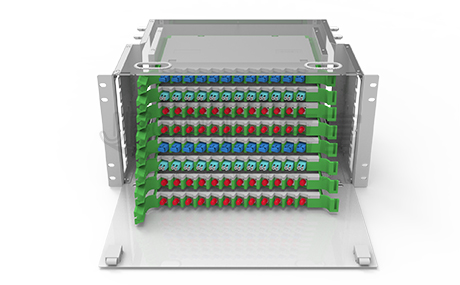
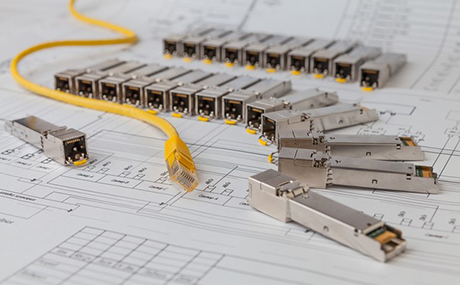
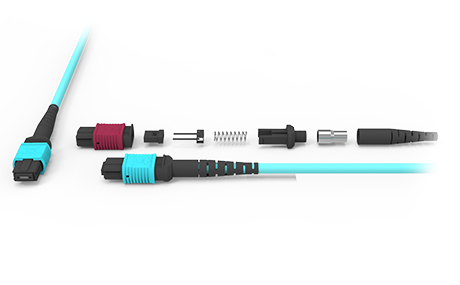
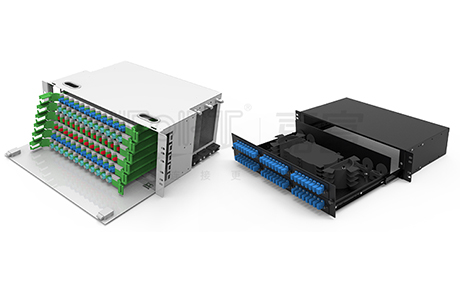
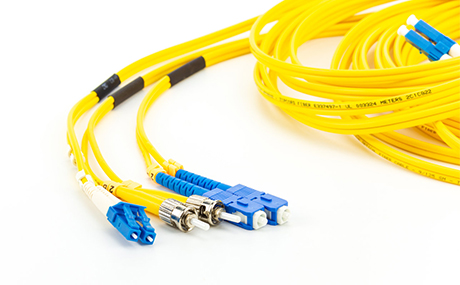
 Ann
Ann












